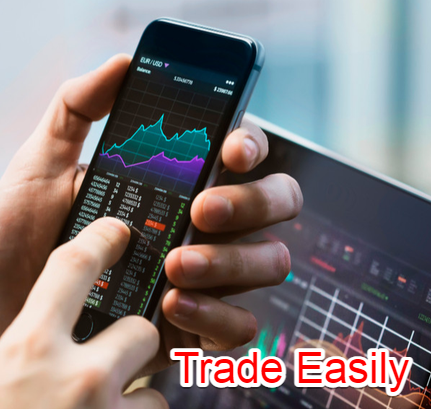The Ups and Downs of Peer-to-Peer Trading
Peer-to-peer (P2P) trading involves the direct exchange of goods or services between two individuals, usually facilitated by an online marketplace that acts as an intermediary. This approach eliminates the need for a third-party broker, enabling buyers and sellers to interact directly and potentially secure better deals. P2P trading has proliferated across various industries, including financial markets, real estate, and even online marketplaces for buying and selling goods.
Is P2p Trading Profitable Videos
Understanding P2P Trading
The world of P2P trading has evolved significantly over the past few years, revolutionizing the way people transact. In the cryptocurrency realm, P2P trading platforms have flattened the playing field, allowing individuals to trade cryptocurrencies directly with one another without going through centralized exchanges. This decentralized approach empowers traders with greater control over their assets while potentially accessing better prices and avoiding the fees typically associated with traditional exchanges.
Decentralized Finance (DeFi)
The emergence of decentralized finance (DeFi) has further fueled the growth of P2P trading, creating a new ecosystem where individuals leverage blockchain technology and smart contracts to conduct financial transactions autonomously. DeFi platforms foster transparency and autonomy, and they can be leveraged for various financial activities, including lending, borrowing, and trading.
P2P Lending and Borrowing
The burgeoning growth of P2P lending and borrowing has been a significant trend in the financial industry. P2P lending platforms offer an alternative to traditional financial institutions, connecting borrowers who seek funding with potential lenders looking to earn interest on their investments. These platforms typically use proprietary algorithms and risk assessment systems to match investors and borrowers while providing a forum for negotiated interest rates. The decentralized nature of P2P lending often results in lower fees and potentially higher returns for investors compared to traditional bank accounts.
- Participants can potentially save on transaction fees typically associated with traditional brokers or financial institutions.
- P2P trading can offer greater flexibility as participants negotiate directly, potentially securing more favorable terms than those provided by third-party intermediaries.
- Enhanced transparency and control characterize P2P trading environments. Increased accessibility to market information empowers traders to make informed decisions by directly monitoring market trends and pricing.
Practical Tips for Navigating P2P Trading
To venture into the world of P2P trading successfully, strategic planning and informed navigation are of paramount importance. Consider the following essential tips to maximize your potential profits:
-
Conduct thorough research: Understanding the dynamics of the market, different platforms, and trading strategies is essential before engaging in P2P trading. Dedicate time to educating yourself and studying successful strategies.
-
Open to Negotiation: Embrace the collaborative nature of P2P trading. Engaging in negotiations with potential trading partners open doors to mutually beneficial outcomes.
-
Maintain a Diverse Portfolio: Spreading investments across multiple assets or trading pairs can help mitigate the risks associated with relying on a single asset or market.
-
Manage Risk: The golden rule of investing, applies equally to P2P trading: never invest more than you can afford to lose. Risk management strategies should be imperative to your trading approach.
-
Secure Your Assets: Safeguarding digital assets is non-negotiable in P2P trading. Employ robust security measures and store your digital assets in secure wallets.
Frequently Asked Questions About P2P Trading
Q: Is P2P trading safe?
A: The safety of P2P trading depends on the platform and the measures you take to protect your assets. Research the platform’s reputation, security features, and dispute resolution mechanisms. Employ robust security practices, such as using strong passwords and two-factor authentication, to safeguard your personal and financial information.
Q: What are the risks involved in P2P trading?
A: P2P trading involves inherent risks, including the potential for fraud, scams, market volatility, and the technical complexities associated with managing digital assets. Conduct thorough research, trade with caution, and manage your risk exposure appropriately.
Conclusion
P2P trading has undeniably transformed the way individuals engage in financial transactions and exchange goods and services. While it provides opportunities for profit and autonomy, it’s crucial to approach this dynamic environment with a well-informed strategy and a deep understanding of the risks involved. By embracing the potential benefits, managing risks, and staying updated on the latest trends, you can leverage P2P trading to achieve your financial objectives.
Are you ready to embrace the potential profitability of P2P trading? Share your thoughts and questions in the comments section below. Let’s engage in a constructive dialogue as we navigate the ever-evolving world of P2P trading.





